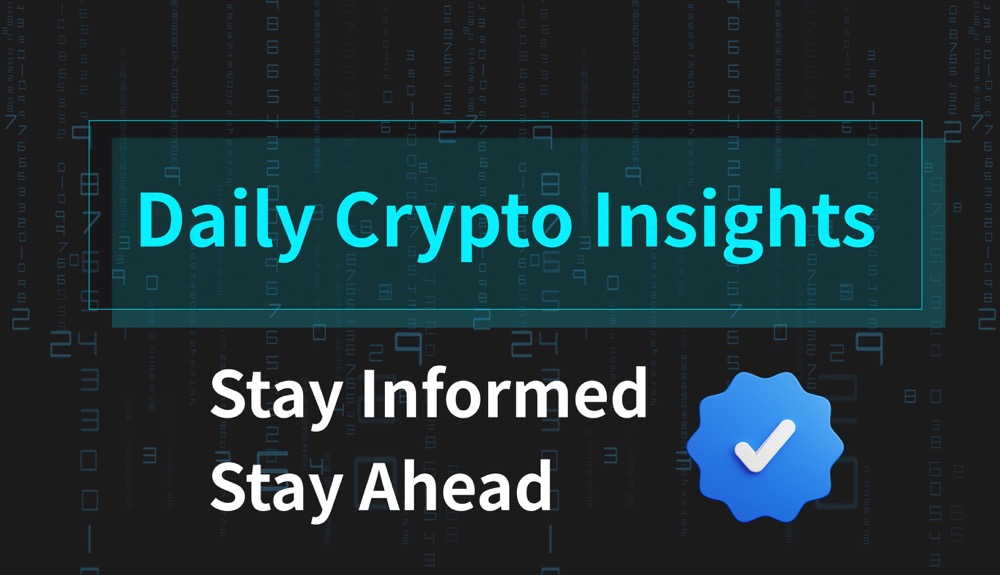Ethereum expansion economic account: Is it worth giving the bulk of sorting revenue to L2?
If the long-term value of ETH lies in network equity in a widely used protocol, then value accumulation needs to occur.
Original author: Doug Colkitt, founder of Ambient
Original translation: TechFlow
This is a good analysis of Data Availability (DA) and the most reasonable bullish speculation on DA. However, I don't think DA can get close to 50% of L2 fees. Because from an economic structure point of view, the value accumulation of sorting always far exceeds DA.

The core business of blockchain is to sell block space. Because block space is difficult to exchange between different chains, they almost form a monopoly.
However, not all monopolies can obtain excess profits. The key is whether consumers can be differentiated by price.
Without price differentiation, monopoly profits are almost the same as ordinary commodities. Think about how airlines differentiate between price-insensitive business travelers and budget-conscious consumers, or how the same SUV is sold at very different prices under the Volkswagen, Audi, and Lamborghini brands.
Priority fees are an extremely effective price differentiation mechanism in blockchains. The highest priority transactions pay fees far exceeding the median.

L2 and Solana achieve high throughput and high revenue by leveraging sorter priorities to perform price differentiation. Marginal transactions pay very low fees, supporting high TPS, while price-insensitive transactions pay the majority of network revenue.
Below is the transaction distribution of 5 randomly selected blocks from Base L2. This exhibits a clear Pareto distribution, making price differentiation extremely effective. The top 10% of transactions pay 30% of the revenue, while the bottom 10% pay less than 1%.

The problem is that while the sorter can profit from this, the DA layer cannot participate because it has no price differentiation capability. Whether it is a high-value arbitrage transaction or a 1 wei junk transaction, the fees paid on Ethereum DA are the same because they are settled in the same batch.
Because the value of marginal transactions is very low, high TPS can only be achieved if the median transaction can be on-chain at near zero cost. But on the DA layer, basically every transaction pays the same fee. The DA layer either has high throughput or high revenue, but not both.
This makes it nearly impossible for rollups to scale without hurting Ethereum network revenue. The rollup-centric roadmap is inherently flawed because it abandons the valuable part of the network (sorting) in the mistaken belief that it can be compensated by the worthless part (DA).
I was initially optimistic about the rollup-centric roadmap because I thought reasonable people would recognize the economics of price differentiation and that it could develop in parallel with the scaling of L1.
High-value, price-insensitive users will choose L1 for its durability, security, and finality, while L2 focuses on marginal, low-price users who are excluded by L1's high fees. As a result, Ethereum still earns significant sorter rent.
However, Ethereum's leadership has repeatedly stressed that L1 is effectively no longer important as an application layer and will not scale. As a result, users and developers have reacted rationally, resulting in the L1 application ecosystem now gradually declining, while Ethereum's network revenue is also decreasing.

If you believe that the long-term value of ETH lies in being a monetary asset, then this may still be feasible. By getting more people to hold ETH, it becomes a durable form of money. And subsidizing L2 without accumulating value to the base layer may promote this.
But if you believe that the long-term value of ETH lies in being a network stake in a widely used protocol (which I think is more likely than ETH as a currency), then value accumulation needs to be achieved. Clearly, we have made a mistake on this point due to incorrect economic assumptions.
Disclaimer: The content of this article solely reflects the author's opinion and does not represent the platform in any capacity. This article is not intended to serve as a reference for making investment decisions.
You may also like

Theta Network (THETA) To Continue Rebound? Key Harmonic Pattern Signaling an Upside Move

DEEP Rallies Through Resistance — Can FARTCOIN Catch Up Following the Same Fractal?

XRP Mirrors Past Bullish Breakout Setup — Is a Major Move Ahead?

